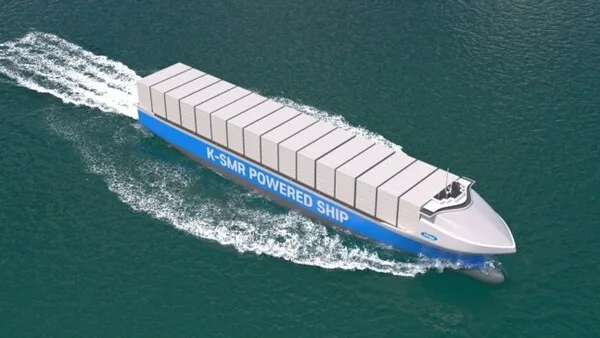28 April 2024
IMO SDC 10: New Ship Design & Construction Guidelines
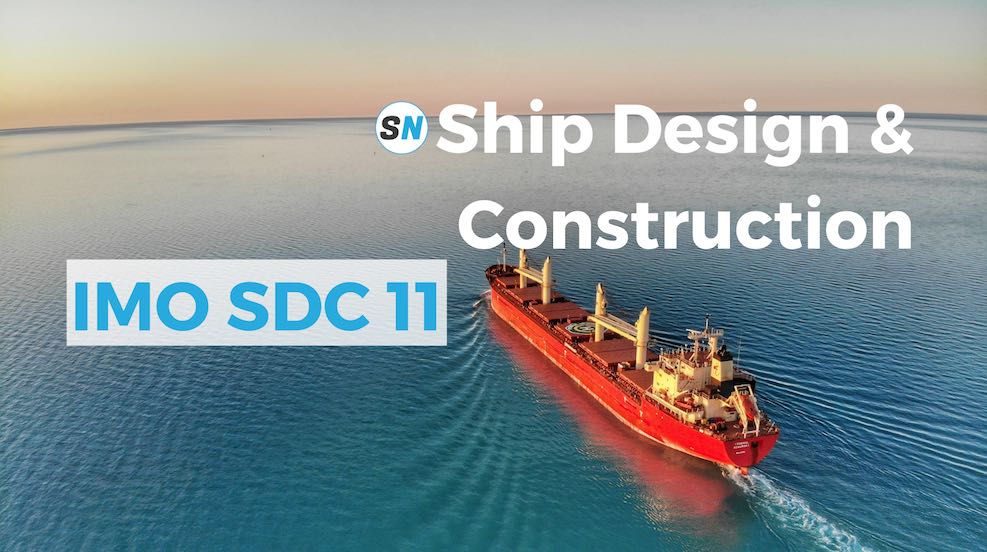
A quick and on-point recap of the 10th session of the IMO’s Sub-Committee on Ship Design and Construction (SDC 10) which was held from 22 to 26 January 2024.
Table of Contents
Ship Design & Construction (SDC) Recap
The 10th session of the IMO’s Sub-Committee on Ship Design and Construction (SDC 10) was held from 22 to 26 January 2024. To ensure the safety of the crew, draft amendments were agreed to the Load Line Protocol relating to the setting of guard rails on exposed deck structures. Draft goal-based requirements for electrical and machinery installations were agreed in general, while work to define goal-based requirements also for non-traditional steering and propulsion systems made good progress. SDC 10 also moved forward with the revision of the explanatory notes to the Safe Return to Port requirements for passenger ships.
Meeting highlights
- Agreed on draft amendments to the Load Line Protocol to require guard rails also on deck structures other than superstructures and freeboard decks
- Agreed on draft goal-based requirements for machinery and electrical installations in SOLAS Chapter II-1 for inclusion in the “Guidelines on Alternative Design and Arrangements for SOLAS Chapters II-1 and III” (MSC.1/Circ.1212/Rev.1)
- Progressed a revision of the “Interim Explanatory Notes for the Assessment of Passenger Ship Systems’ Capabilities After a Fire or Flooding Casualty” (MSC.1/Circ.1369)
- Progressed goal-based requirements for both traditional and non-traditional steering and propulsion systems
- Agreed on a draft revision of the “Revised Guidelines for the Reduction of Underwater Radiated Noise from Shipping to Address Adverse Impacts on Marine Life” (MEPC.1/Circ.906/Rev.1)
Emergency towing arrangements
SDC 10 progressed a new set of draft guidelines for emergency towing arrangements on new ships other than tankers.
The draft guidelines support the draft amendments to SOLAS Regulation II-1/3-4, which were approved by MSC 107 in June 2023 and are expected to enter into force on 1 January 2028, subject to adoption by the MSC.
As increased ship size complicates emergency towing to a safe place without suitable equipment, the draft amendments extend the SOLAS requirements for emergency towing devices to all new ships over 20,000 gross tonnage. The intention is to facilitate emergency assistance and towing operations, and thereby reduce the risk of ship wreckage and pollution.
The work on the draft guidelines will continue at SDC 11 in 2025.
Underwater radiated noise
SDC 10 finalized draft amendments to Annex 1 of the “Revised Guidelines for the Reduction of Underwater Radiated Noise from Shipping to Address Adverse Impacts on Marine Life” (MEPC.1/Circ.906/Rev.1) with respect to the Underwater Radiated Noise (URN) management planning reference chart.
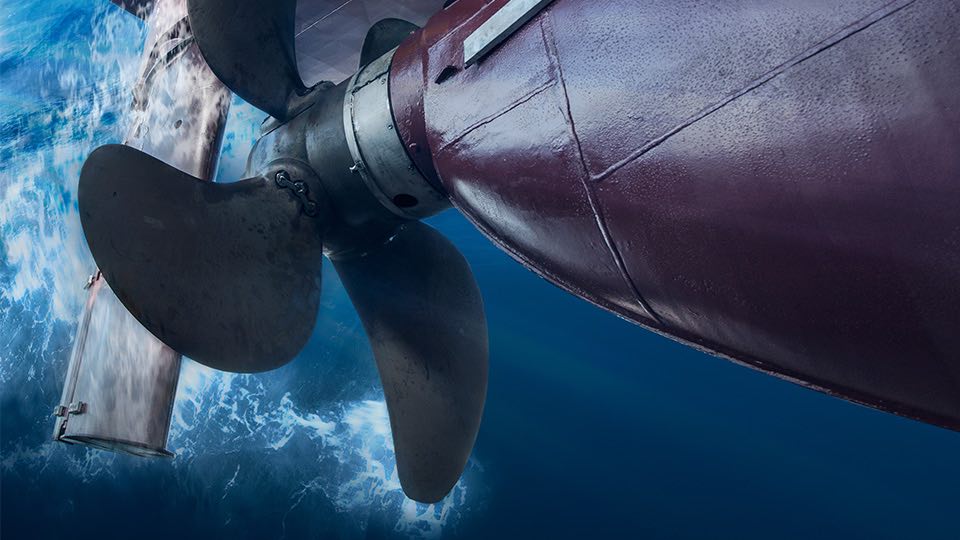
Underwater radiated noise from ships – new IMO guidelines 2023
IMO has decided to raise awareness of underwater radiated noise from ships by issuing updated non-mandatory guidelines.
Ship Nerd
The reference chart is intended as a tool to support shipowners and other industry stakeholders by visualizing a process for the development of a URN management plan.
SDC 10 also finalized a draft action plan to support the implementation of the revised guidelines, inter alia encouraging industry stakeholders to share experiences and research during an experience-building phase.
The revised guidelines will be submitted to MEPC 82 (October 2024) for approval.
Remote Inspection Techniques
SDC 10 acknowledged that remote inspection techniques – for example, real-time sensing devices carried by drones, remote-operated vehicles, unmanned rot arms, divers, and climbers – are increasingly useful tools for supporting an attending surveyor on-site when conducting inspections.
A Correspondence Group was established to consider new guidance for the use of remote inspection techniques under the 2011 ESP Code until SDC 11 in 2025.
It was highlighted that remote inspection techniques in the presence of an attending surveyor should not be mixed with the concept of remote surveys.
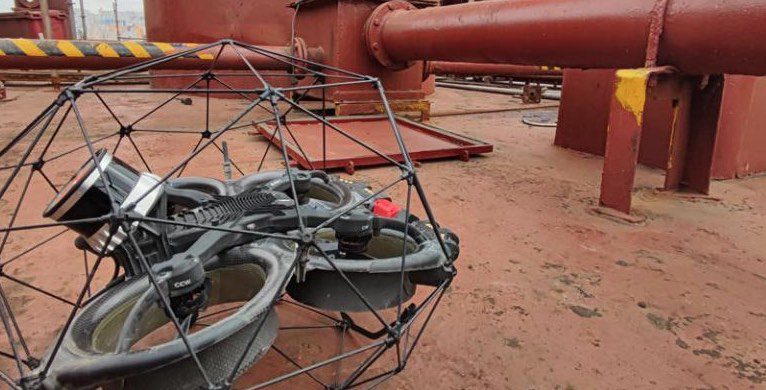
New opportunity for drone inspection
Remote drone inspection techniques can bring many benefits to ship and offshore asset owners as technology rapidly advances.
Ship Nerd
Functional Requirements for SOLAS Chapter II-1
SOLAS Chapter II-1, Regulation 55 allows electrical and machinery installations to deviate from prescriptive requirements, provided an equivalent level of safety is achieved and the intent of the requirements is met. To make this alternative design process more efficient, the IMO has agreed to define the intent of the prescriptive requirements in terms of functional requirements.
SDC 10 agreed on draft goals and functional requirements for electrical and machinery installations in SOLAS Chapter II-1 (Parts C, D and E).
These goal-based provisions will be included in a second revision of the “Guidelines on Alternative Design and Arrangements for SOLAS Chapters II-1 and III” (MSC.1/Circ.1212/Rev.1) and submitted to MSC for approval.
Steering & Propulsion Systems
SDC 10 considered a revision of SOLAS Chapters II-1 (Part C) and V, and related instruments, to address both traditional and non-traditional propulsion and steering systems.
The current regulations address traditional steering gear arrangements with a conventional propulsion system and a rudder, while alternative, modern combined steering and propulsion systems (e.g. azimuth thrusters, waterjets) are not considered.
SDC 10 decided that the SOLAS amendments to be developed shall be goal-based and apply to all steering and propulsion systems, in other words, be applicable for both existing conventional systems and for modern combined steering and propulsion systems.
It was agreed to use the outcome of EMSA’s “STEERSAFE Steering and Manoeuvrability Study” as a basis for developing goals and functional requirements for steering and propulsion systems. The EMSA study includes proposals for goals, functional requirements, and expected performances in relation to SOLAS Regulations II-1/28, II-1/29 and II-1/30.
The work will be progressed in a Correspondence Group until SDC 11 in 2025.
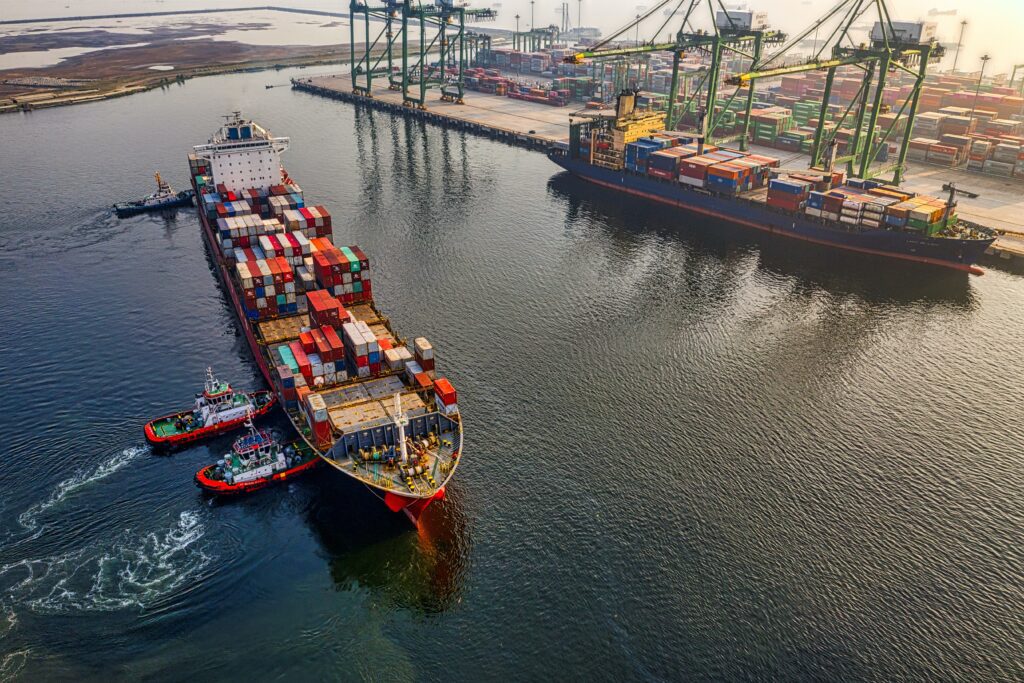
Thrusters: 3 ways to increase efficiency and savings
Learn the 3 ways that careful thrusters selection early in the design process can increase efficiency and reduce the total cost of ownership.
Ship Nerd
Safety Netting on Accommodation Ladders
The IMO recognized that the rigging of a safety net from the ship’s deck to the outboard side of an accommodation ladder may be associated with risks for the crew, particularly at night or in bad weather.
SDC 10 agreed on draft amendments to the “Guidelines for Construction, Installation, Maintenance and Inspection/Survey of Means of Embarkation and Disembarkation” (MSC.1/Circ.1331) to reduce the operational safety risks for crew assigned to the rigging of safety nets. Further draft amendments to these guidelines related to the implementation of new and old ISO standards will be considered at SDC 11 in 2025.
Guard Rails
The Load Line Convention requires guard rails on superstructures and freeboard decks to have at least three courses. With modern ship designs, some exposed deck structures (e.g. bridge deck, living quarters decks) do not fall under the definition of “superstructure” and may be fitted with less than three courses. It was recognized that large openings between the courses may constitute a safety hazard for the crew.
SDC 10 agreed on draft amendments to Regulation 25 of the 1988 Load Line Protocol regarding the requirement for the setting of guard rails on exposed deck structures.
The amendments should apply to new ships only and are expected to enter into force on 1 January 2028, subject to approval by MSC 108 (May 2024) and subsequent adoption.
Fiber-Reinforced Plastic Elements within Ship Structures
SDC 10 agreed to consider updates to the “Interim Guidelines for Use of Fibre Reinforced Plastics (FRP) Elements Within Ship Structures: Fire Safety Issues” (MSC.1/Circ.1574).
The work will be progressed in a Correspondence Group until SDC 11 in 2025.
Safe Return to Port for Passenger Ships
The Safe Return to Port (SRtP) concept was introduced in SOLAS in 2010 to increase the robustness and fault tolerance of passenger ships.
Even in the event of a flooding or fire casualty, the ship shall be able to return to port with its machinery and provide a safe area for all the persons on board. The SRtP regulations apply to passenger ships with a length of 120 meters or more or with 3 or more main vertical zones.
SDC 10 progressed a revision of the “Interim Explanatory Notes for the Assessment of Passenger Ship Systems’ Capabilities After a Fire or Flooding Casualty” (MSC.1/Circ.1369) based on experience gained with the application of the explanatory notes.
It was recognized that the scope of the revision of MSC.1/Circ.1369 is significant and that a new structure of the explanatory notes is necessary to accommodate all new content in a logical way.
A new table of contents, including appendices, was concluded, and the key topics that should be covered under each chapter and appendix were identified. The existing MSC.1/Circ.1369, other relevant MSC circulars, industry standards, and class requirements will be used as input for the development of the contents of the chapters and appendices.
One of the key issues to be discussed includes the acceptance criteria for the various SRtP systems to “remain operational”. Alternative fuels in relation to the SRtP concept will not be considered in detail at this stage, but rather on a general level, noting that the criteria for returning safely to port after a casualty may not need to depend on the fuel type.
The work will be progressed in a Correspondence Group until SDC 11 in 2025.
Unified Interpretations (UIs)
The following draft Unified Interpretations (UIs) will be submitted to MSC 108 (May 2024) for approval:
Calibration of sound instruments SDC 10 agreed on a draft UI of paragraphs 2.1 and 2.2 of the Code on Noise Levels On Board Ships (Resolution MSC.337(91)) to clarify the requirements for calibration of sound instruments.
Members States will be invited to apply the UI at the next calibration due date, but no later than 2 years after the date of approval of the UI.
Water level detectors SDC 10 agreed on a draft revision of MSC.1/Circ.1572/Rev.1 containing UIs of the “Performance Standards for Water Level Detectors on Bulk Carriers and Single Cargo Hold Cargo Ships Other Than Bulk Carriers” (Resolution MSC.188(79)).
The headings are amended to clarify that the UI of the performance standard applies to water level detectors used on all ship types as required by SOLAS Regulations II-1/25, II-1/25-1, and XII/12. The revision also improves the guidance for ex-properties to ensure appropriate protection against explosions in hazardous areas.
Industrial Personal (IP) Safety Certificate SDC 10 agreed on a draft UI of SOLAS Chapter XV and the IP Code to clarify which SOLAS safety certificate the IP Safety Certificate should be harmonized with in terms of validity, survey dates, and endorsements.
Means of escape from machinery spaces SDC 10 agreed on draft amendments to the “Unified Interpretation of SOLAS Regulations II-2/9 and II-2/13” (MSC.1/Circ.1511). The interpretation clarifies that steering gear spaces where hydraulic oils for the steering gear equipment are stowed may be considered a “safe position” for the purpose of escaping from the machinery spaces.
Inspection and maintenance of permanent means of access SDC 10 agreed to draft amendments to Sections 1.4 and 1.5 of the Annex to MSC.1/Circ.1572/Rev.1 containing UIs to SOLAS Chapter II-1/3-6 on “Access to and within spaces in, and forward of, the cargo area of oil tankers and bulk carriers”.
The UI inter alia suggests that the access arrangements should be inspected annually by the crew or a competent inspector.
Recommendations
As SDC is a Sub-Committee, all decisions concerning rules, regulations, and dates are subject to further consideration and approval by the Maritime Safety Committee (MSC). It is recommended that the outcome of MSC 108 in May 2024 is monitored for future adjustments.
Source: DNV
See Also
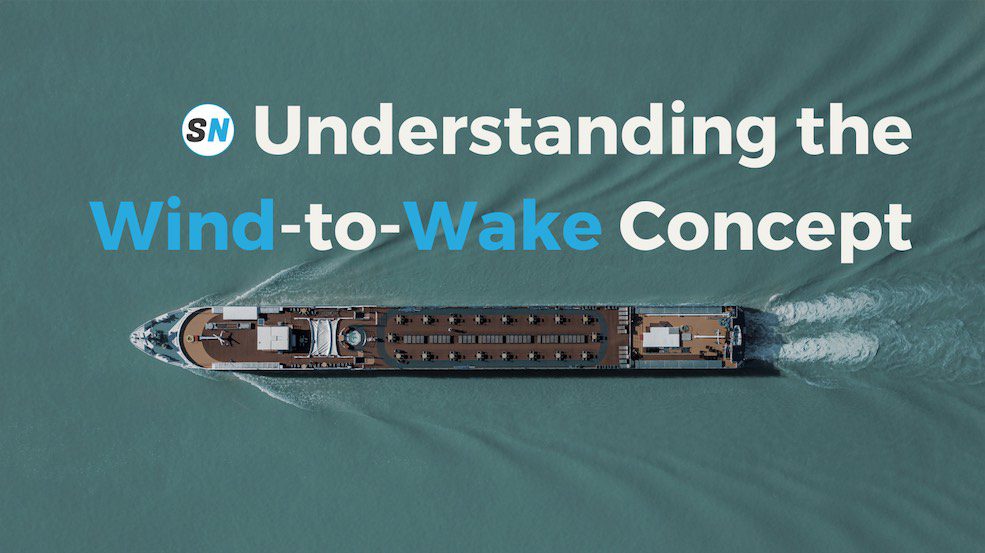
Wind-to-Wake Concept for Shipping Decarbonization
Shipping decarbonization goes beyond the norm. Get up to speed with Wind-to-Wake, the updated method of lifecycle assessment for green fuels.

